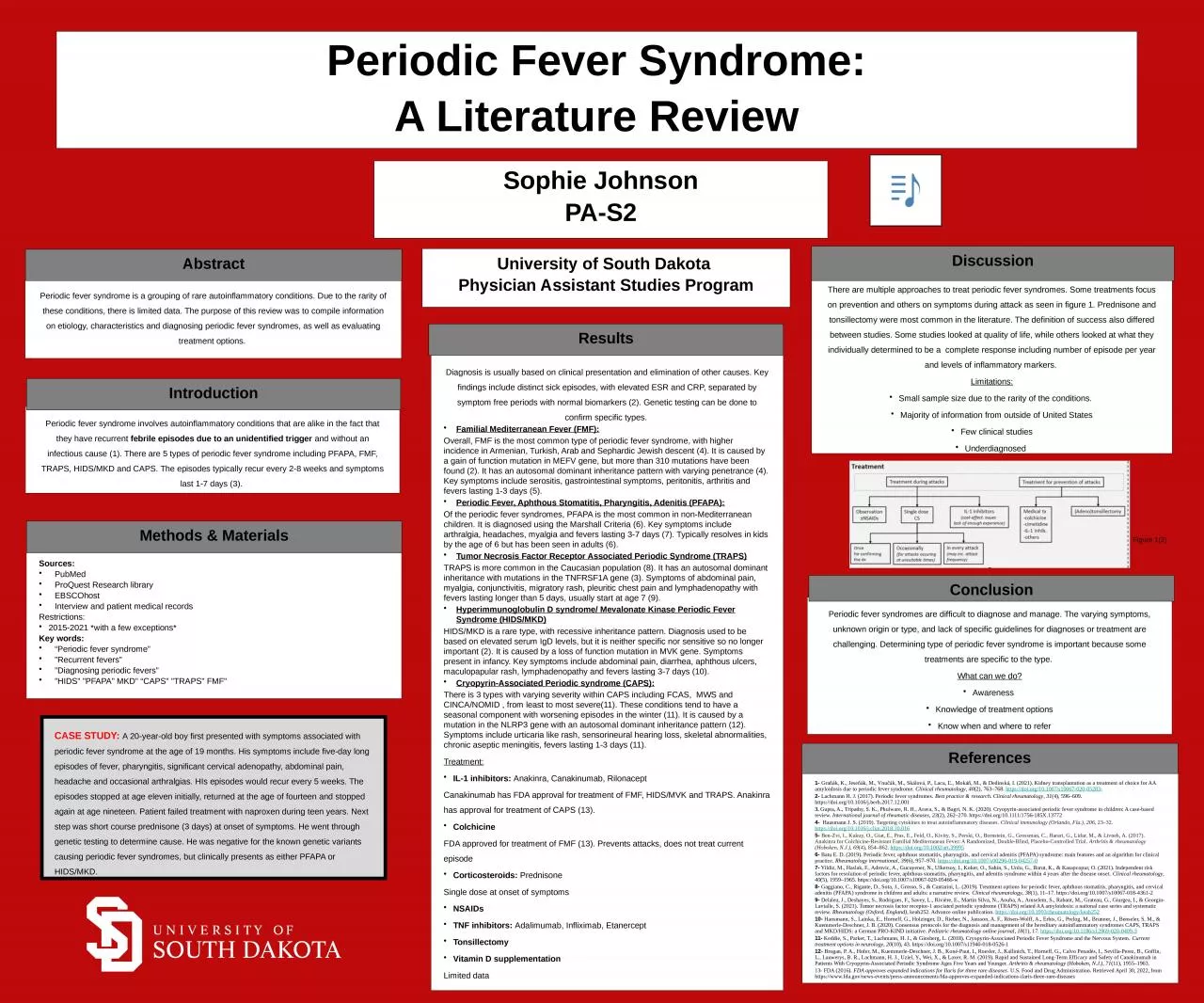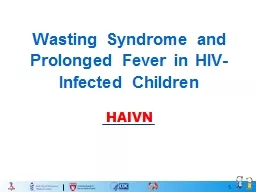PPT-Periodic Fever Syndrome:
Author : lydia | Published Date : 2024-03-13
A Literature Review Sophie Johnson PAS2 University of South Dakota Physician Assistant Studies Program Periodic fever syndrome is a grouping of rare autoinflammatory
Presentation Embed Code
Download Presentation
Download Presentation The PPT/PDF document "Periodic Fever Syndrome:" is the property of its rightful owner. Permission is granted to download and print the materials on this website for personal, non-commercial use only, and to display it on your personal computer provided you do not modify the materials and that you retain all copyright notices contained in the materials. By downloading content from our website, you accept the terms of this agreement.
Periodic Fever Syndrome:: Transcript
Download Rules Of Document
"Periodic Fever Syndrome:"The content belongs to its owner. You may download and print it for personal use, without modification, and keep all copyright notices. By downloading, you agree to these terms.
Related Documents














